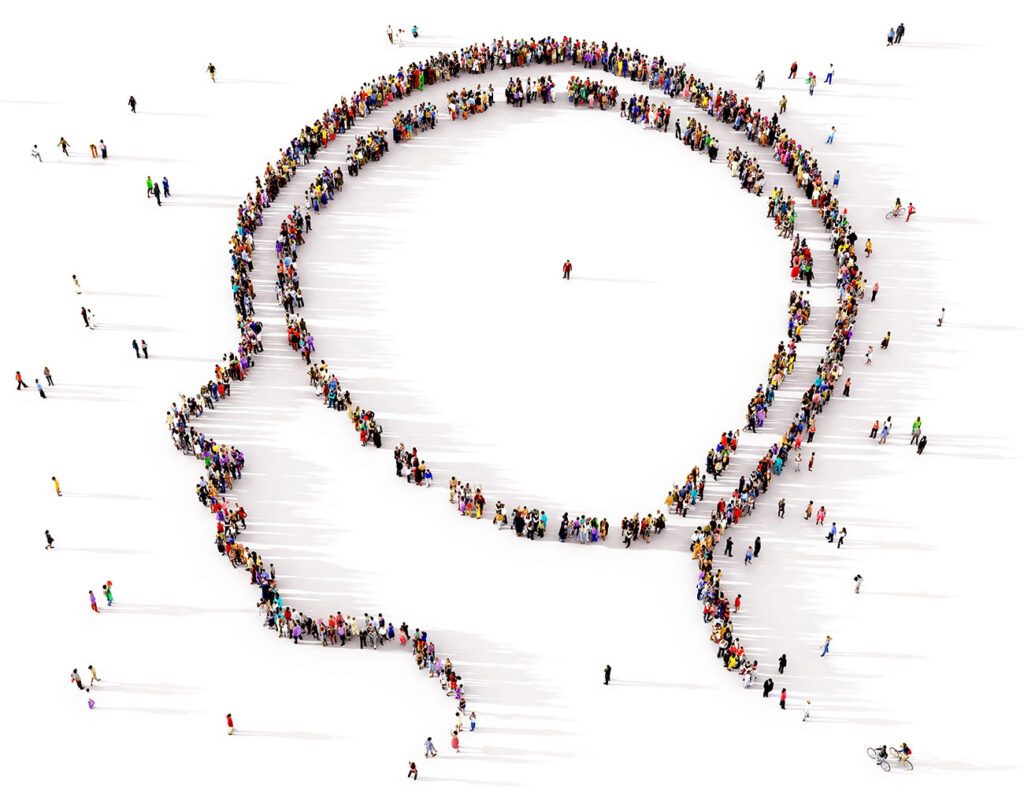“If it’s free, you’re the product.” We’ve all heard this phrase applied to the world of tech, but what if there was a more ethical way of collecting and sharing data? We spoke to data expert and Co-Founder & CEO of Work With Data Laurent Molter to uncover some of the ways in which open data is providing value to business leaders.
Hello Laurent! First of all, can you give us a definition of open data?
Most of us tend to view data as being about personal information, hence the idea of consent. Open data is the opposite of that. It offers information on entities like artists, books, companies, and aggregate data shared by diverse contributors from around the world. Crucially, open data is free to use and re-use, even commercially, with no restriction outside of attribution. It’s a growing movement which represents a real shift for the industry. At Work With Data, we help people navigate the vast quantities of data published by these institutions.
Who is contributing to open data – and why are they doing it?
Everyone from governments and businesses to private citizens and institutions, such as universities and museums. Many of these actors, such as the British Library and certain government archives, as well as companies, possess a huge amount of proprietary data, and have decided in and of themselves to make some of that public. The variety and quality of data can vary – Facebook gives aggregated population data through their Data for Good initiative while Twitter has gone further with its public API. I don’t think anyone is forced to participate in open data: rather, they want to contribute freely, although pressure from customers and today’s currency debate around privacy have undoubtedly influenced their decision.
Let’s play devil’s advocate. If all of this data is free, how is it valuable?
It used to be perceived that free means no value, but this has changed. Today, all large companies and institutions have embraced open source, and the same applies to open data. Concretely, open data can be used from everything to macro- and micro- analysis to day-to-day monitoring and long-term research. Because the consumer now has access to the raw data, open data can be interpreted in thousands of different ways, as opposed to just key metrics as can be the case with certain data platforms. Of course, sometimes open data alone is not enough – it often needs to be paired with proprietary data in order to provide a full picture. But it’s still an incredibly rich resource for any business, no matter the size or industry.
People very often know the data they need for their businesses; it’s a matter of creating the right tool for them to access it.
What are some of the key challenges surrounding its collection and use?
Open data is like a maze. First and foremost, your source is only complete from a given angle. In order to unlock the full power of open data, you’ll need to use multiple sources. For example, let’s take the open data from the Museum of Modern Art in New York. Within the context of the museum itself, the data is complete. But if you want to look at wider data on Pablo Picasso, you’ll need to add more sources, such as open data from the Tate London.
This leads into a secondary issue: different data uses different measurements and is prone to human errors, involving huge amounts of cleaning and processing, which is what we’re trying to do at Work With Data. Another common thing we see is that even when data is made open and is easily paired with other sources, people lack the tools and skills to manipulate it. In response to this, Work With Data users can now create a graph or a dataset in less than a minute on the platform. We’ve seen massive success thanks to this, with people from all countries in the world visiting the platform since we launched.
Can you share some concrete examples of how business leaders can leverage this data?
Open data is often used to improve growth. Before, businesses would try to obtain the biggest target customer lists that they could, regardless of quality. Now, with privacy regulations changing the ways businesses glean data, they’re turning to large open datasets that exclude personal information but offer precise metrics and dimensions. Brands that are just starting out can now access datasets of all companies selling toys in Finland, say, or detailed (anonymised) information about healthcare in Kuwait. People very often know the data they need for their businesses; it’s a matter of creating the right tool for them to access it. Open data can really help businesses create an à la carte mix of exactly what’s useful for their businesses.
Finally, where do you see open data expanding to in the future?
I think business leaders are more and more aware that data coming from trackers and based on personal information is drying up due to regulations. Nobody can create a viable business without data, so leaders are switching to the only ethical and increasingly sustainable source: open data.
If open data is properly structured, it can be easily matched to the proprietary data businesses have, so the first step is standardizing it. At Work With Data, we’ve just released the first version of an enrichment tool where you can mix and match any data you have in a few clicks.
Globally speaking, I think the current move in favour of open data is a positive shift. We’ve been discussing issues about privacy and data collection for so long that I think many of us tend to forget just how valuable data is to all of us, from governments and businesses to consumers. I think that open data is going to help restore our confidence in data – or at least I hope so!
